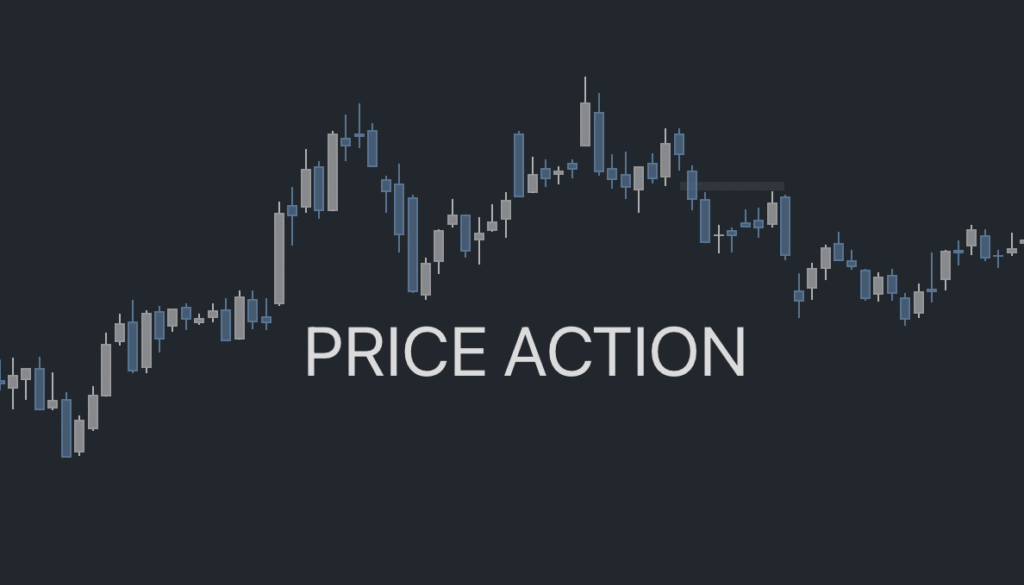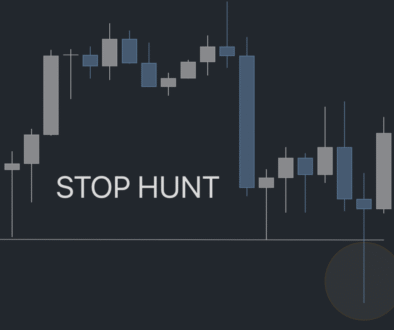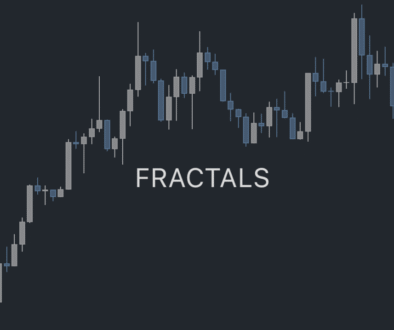Price Action
Do Not Use Indicators Anymore: Why Price Action Is All You Need
Many traders rely heavily on indicators to make decisions. But the truth is — indicators give you late results. By the time an indicator tells you to buy or sell, the move has often already happened.
If you’re tired of chasing trades and reacting too late, it’s time to consider Price Action Trading — a method that focuses on the pure movement of price, without relying on lagging tools.
What Is Price Action?
Price action is the study of price movement itself — without the use of indicators. It tells you what’s happening in real-time, directly on the chart, through candlestick patterns, support/resistance levels, and market structure.
In simple terms: Price action shows you what the market is doing right now, not what it did 10 candles ago.
Why You Should Stop Using Indicators
Indicators lag behind: Moving averages, MACD, RSI — all of them are based on past data.
Delayed signals: By the time an indicator confirms a trend, the best entry is usually gone.
Cluttered charts: Too many indicators often confuse rather than help.
Instead of using outdated data, price action allows you to see the real-time decisions of buyers and sellers.
Core Concepts of Price Action Trading
1. Support and Resistance
These are key levels where price has historically reversed or stalled. They offer reliable zones for entries, exits, and stop-loss placements.
2. Candlestick Signals
Certain candlestick formations reveal what the market is planning:
Pin Bar: Rejection of a level, often signals reversal.
Engulfing Pattern: Strong momentum shift.
Inside Bar: Market is pausing — a breakout may follow.
Doji: Signals indecision — potential turning point.
3. Market Structure
Understand the direction of the market by observing:
Higher highs and higher lows = uptrend
Lower highs and lower lows = downtrend
Flat highs and lows = range-bound
This helps you follow the trend instead of fighting it.
Final Thoughts
Indicators can sometimes assist in confirming a trade, but they should not be the foundation of your strategy. If you’re serious about improving your timing, understanding market structure, and reacting to price in real-time, then stop relying on indicators.
Price action gives you the clearest, most direct view of the market. With practice and consistency, it can help you trade with more confidence — and fewer regrets.





